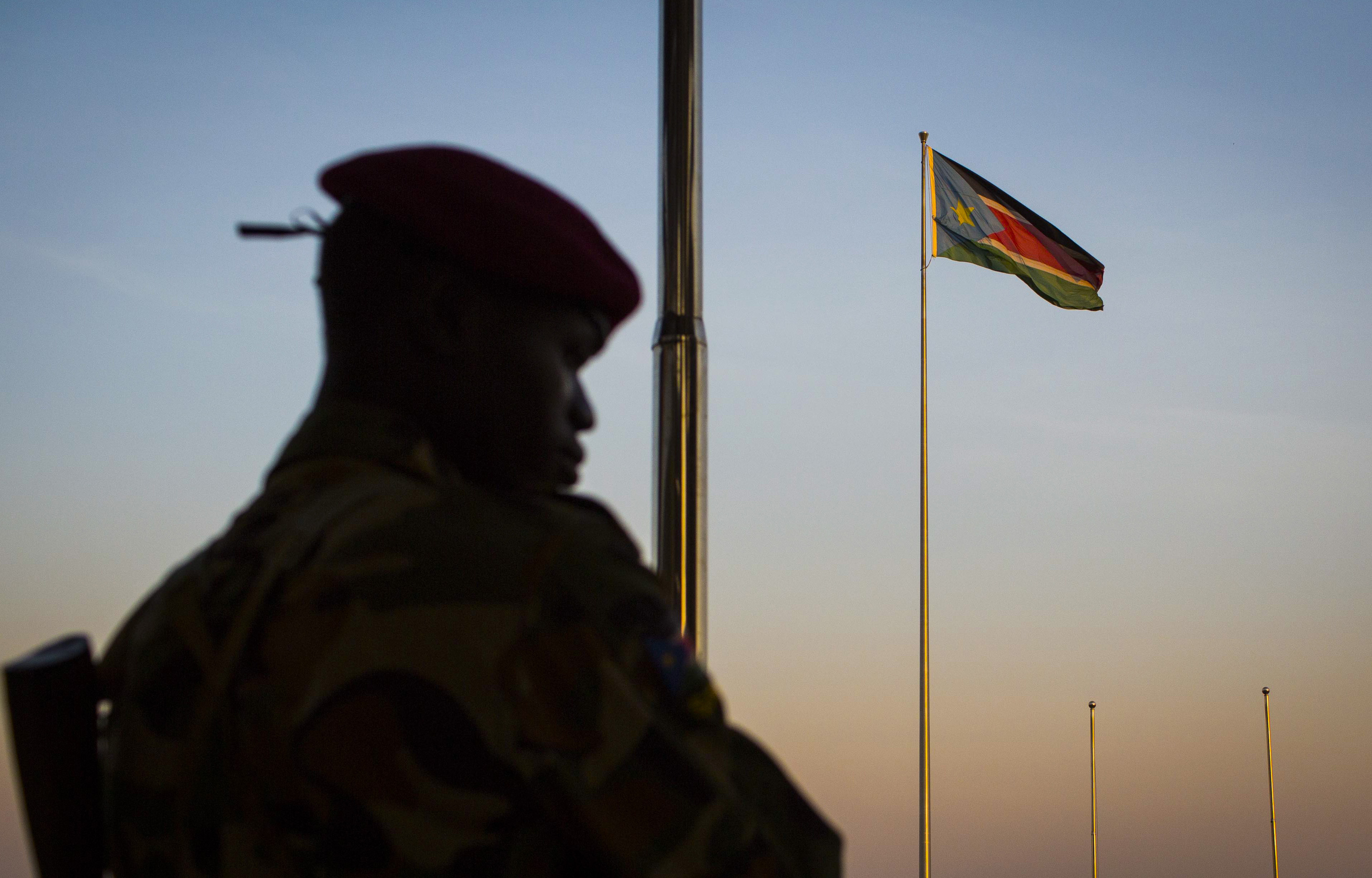
The Power and the Pain
We trace the reasons for the split between north and South Sudan and its impact on the lives of ordinary South Sudanese.
In July 2011, the Republic of South Sudan started its journey as the world’s newest state after its people voted overwhelmingly to separate from the Republic of Sudan in the north.
More than half-a-century earlier, in 1956, Sudan gained independence from Britain. In the subsequent decades, it suffered two civil wars during which vast numbers of southerners moved to the more prosperous north.
During that time John Garang, a politician from the south, was at work across the country, widely considered to be a rare unifying force – and not just among his natural, southern supporters.
Garang, who first led the south’s Sudan People’s Liberation Army (SPLA), and then its political wing, the Sudan People’s Liberation Movement (SPLM), was charismatic and popular throughout the country and thought of as a potential leader of a ‘New Sudan’.
The SPLM began to share power with the Khartoum government in July 2005. But Garang’s death in a helicopter crash that same month caused deep enmities and tensions to resurface between the two sides. It left the way open for separatists to create division and start pushing for self-rule, and for the many different political factions to pursue their own individual agendas.
|
‘I felt a part of me had been cut off’ |
| Read the accounts of politicians and journalists who reflect on Sudan’s 2011 separation and the underlying reasons for the split. |
Although the cause of the crash that killed Garang was uncertain, news of their hero’s death sparked a wave of rioting and violence by South Sudanese in Khartoum.
Sudan was no stranger to mass movements of its population. During the 22 years of the second civil war, hundreds of thousands moved from the poorer, largely Christian south to the more prosperous Muslim north. When separation came in 2011, over half-a-million southerners who had settled in the north began migrating south.
But state funds ran out and thousands became stranded in transit camps outside Khartoum and elsewhere, living in ever-deteriorating conditions; separation had turned their lives upside down.
After Garang’s death, there were factional disagreements in both the north and south. But where did the drive for separation really come from?
Some believe it was from the Islamic movements in the north who, together with the ruling National Congress Party in Khartoum, wanted to separate from the Christian south. There is another view that Garang’s SPLM was simply making out that it wanted to maintain unity – but that all the time it really wanted separation.
With so many factions at work, it is not surprising there are many differing views as to where the impetus for separation came from. What is more, no one knows whether if Garang had survived, he would have been able to keep the two halves of Sudan together.
This film reflects on the reasons for the split and whether it was necessary, or desirable. It hears from politicians and from ordinary South Sudanese people caught in the aftermath, with those born or raised in the north finding it hard to adjust to life in their new country.
With families and relationships disrupted, this reflective piece tells the personal stories of those whose lives have been blighted by war and division, to give a human dimension to one Africa’s abiding crises.
 | Al Jazeera World can be seen each week at the following times GMT: Tuesday: 2000; Wednesday: 1200; Thursday: 0100; Friday: 0600; Saturday: 2000; Sunday: 1200; Monday: 0100; Tuesday: 0600. |
